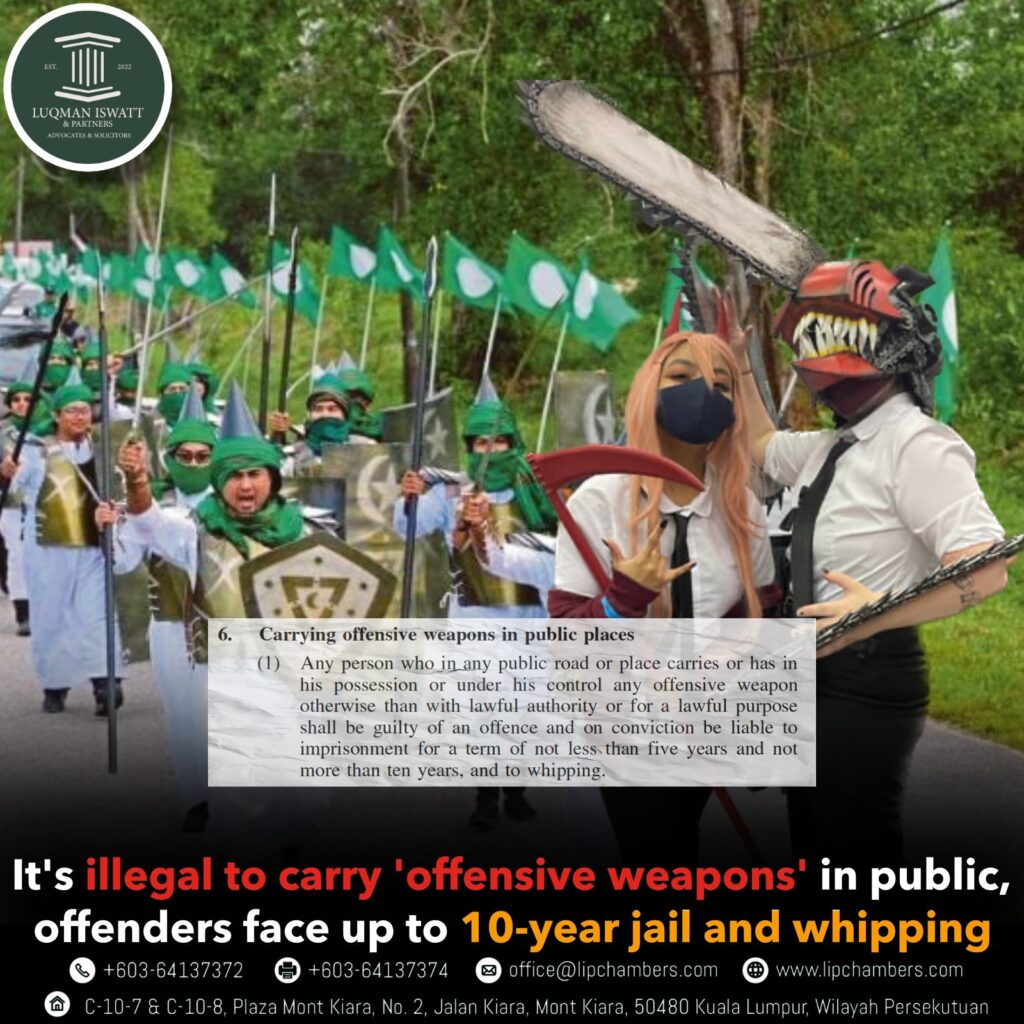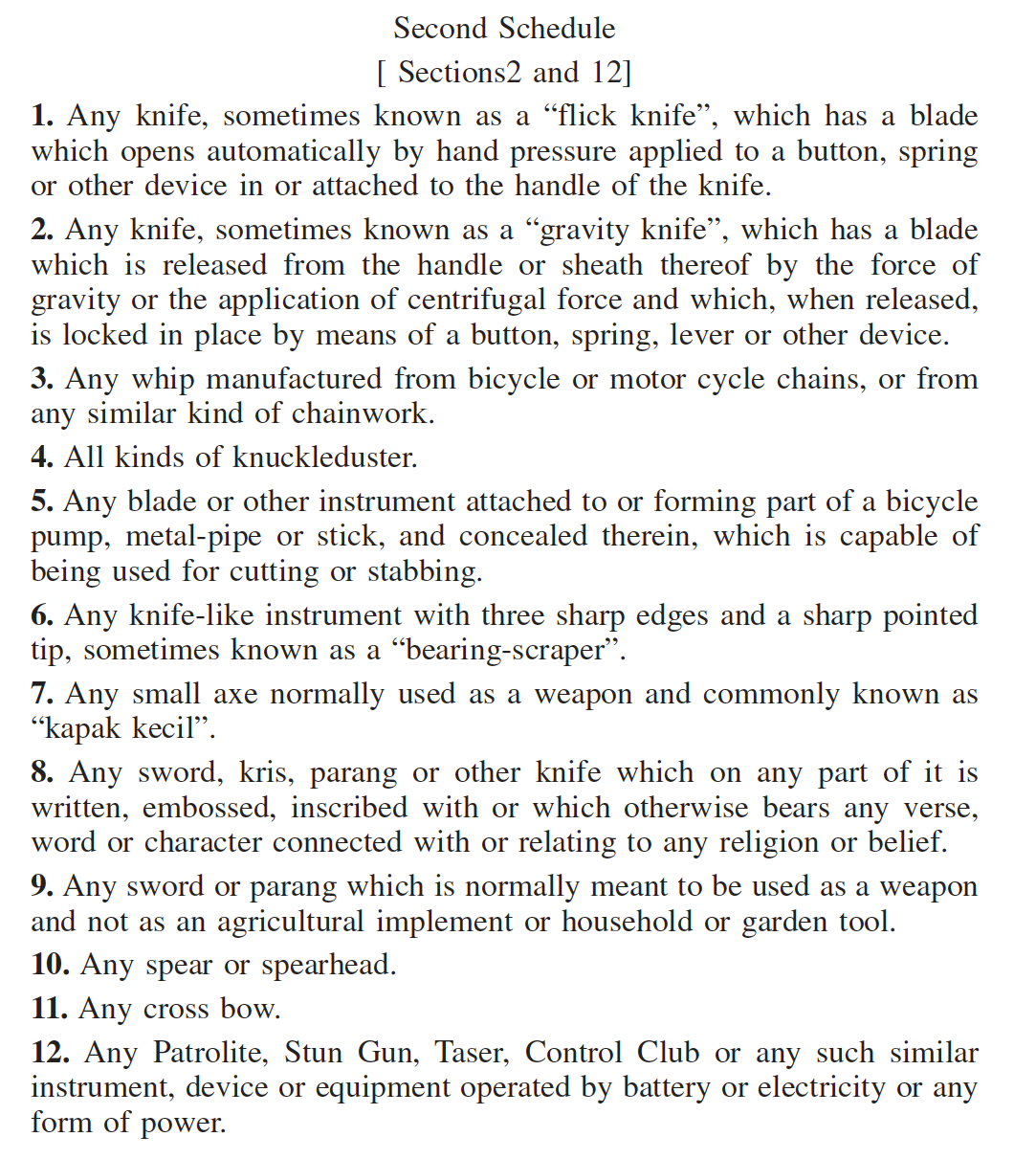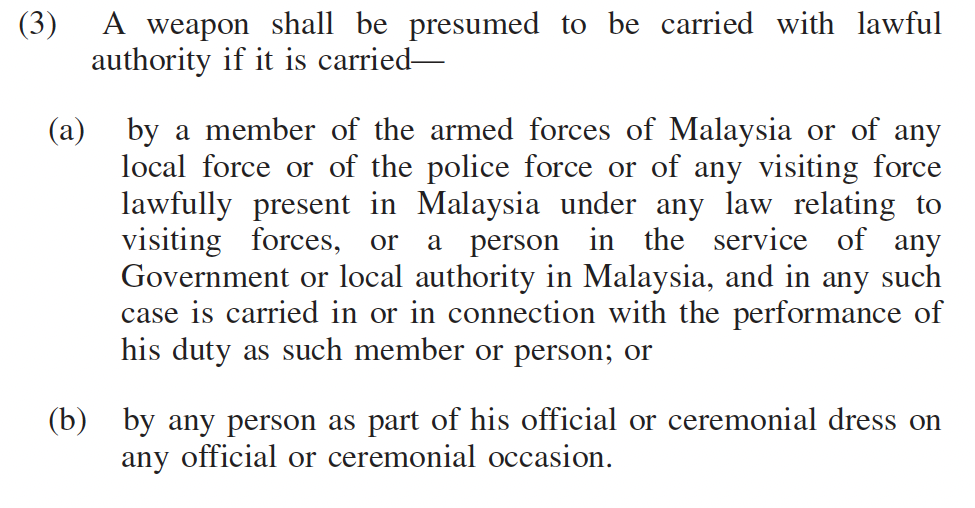
Recently, a controversial parade by Terengganu state PAS Youth at a resort in Setiu sparked a debate among Malaysians. Part of a 2-day gathering called “Himpunan Pemuda Islam Terengganu” or Himpit, videos and photos of the parade are now practically everywhere on social media.
The parade involved PAS Youth members clad in mediaeval Islamic war costumes while wielding ‘replica’ swords, spears and shields. Furthermore, a pickup truck carrying a giant fake sword can also be seen.
As reported by BERNAMA, Saifuddin said that our country is facing challenges of the 3R politics (race, religion and royalty) that have not subsided since the 15th General Election (GE15). The Home Minister thus urged for all parties to be more sensitive and responsible to avoid a heated situation.
On the flip side, there were also those that defended the parade, claiming that it shouldn’t be blown out of proportion. These include PAS deputy president Datuk Seri Tuan Ibrahim Tuan Man, who, according to The Star, likened the parade to a Chinese opera where actors carry swords and spears.
Meanwhile, Terengganu PAS Youth wing chief Harun Esa claimed that the march was similar to cosplay parades and competitions held regularly nationwide. According to FMT, Harun clarified that Himpit is an annual event to bring together the party’s machinery for display according to each group’s theme and that donning replica warrior uniforms and weapons used during ancient times was part of one of the groups’ themes.
The parade has since caught the attention of the Royal Malaysia Police (PDRM), which according to The Star is investigating the parade for any offences committed. In relation to that and the statement by the Terengganu PAS Youth wing chief, the most glaring offence that took place during the parade is something that seasoned cosplayers should be well aware of:
The carrying of replica weapons in public places.
Specifically, the carrying of an ‘offensive weapon’ in public places is an offence under Act 357 or the Corrosive and Explosive Substances and Offensive Weapons Act 1958. Furthermore, should you be found guilty, the Act prescribes a punishment of up to 10 years imprisonment and whipping!
So, what does the law entail? Join us as we examine it in depth below.
Corrosive and Explosive Substances and Offensive Weapons Act 1958
Given that Terengganu police chief DCP Datuk Rohaimi Md Isa asserted that PDRM knew about the programme but were unaware about its replica weapon parade, it is likely that the ‘replica’ weapons is one of the matters being investigated. According to Act 357, carrying an offensive weapon in public places without lawful authority or lawful purposes is strictly prohibited in our country. Section 6(1) of the Act is as per below:

Moreover, the above provision clearly prescribes a punishment of 5 to 10 years imprisonment and whipping for those found guilty of carrying or having in their possession any offensive weapon without lawful authority or lawful purposes. As for what constitutes an ‘offensive weapon’, Section 2 of Act 357 defines it as ‘any instrument which if used as a weapon of offence is likely to cause hurt’.
Besides that, Section 7 of Act 357 also prohibits anyone from carrying or having in their possession or under their control ‘scheduled weapons’ without a lawful purpose. Those found guilty of this offence face jail sentences between 5 to 10 years. Section 2 of the Act defines ‘scheduled weapons’ as any offensive weapon specified in the Second Schedule below:

Circling back to the subject matter at hand, the ‘replica’ weapons carried during the Himpit parade may be considered as offensive or scheduled weapons if they fit the definition prescribed by Section 2 and the Second Schedule of Act 357. In other words, the ‘replica’ weapons must not be capable of causing harm.
Should the ‘replica’ weapons be considered offensive weapons, the participants must show that they were carried for lawful purposes or with lawful authority as per Act 357. Under Section 6(2), the onus is on the accused to prove that they have a lawful purpose in carrying the offensive weapon.
Meanwhile, Section 6(3) details the circumstances in which a weapon is presumed to be carried with lawful authority:

Applied to the Himpit procession, the participants’ carrying of the ‘replica’ weapons is not an offence under Section 6(1) of Act 357 if it is proven that it was done with lawful purpose or lawful authority. The judgement in the case of Lukman Hakim bin Mohamed Yousuf v Public Prosecutor [2022] 8 MLJ 245 perfectly explains this matter:
“To my mind, generally the phrase ‘lawful authority’ would mean an authority granted by the state or one of the state’s organs or by the law itself. Lawful authority as a defence would exculpate a person from being criminally responsible for an offence if the said act is permitted by the state or a law. ‘Lawful purpose’ on the other hand would indicate that the purpose is in accordance with the law and does not involve grant of authority by the state.
“An accused must be able show that the purpose that he had in his possession the weapon was not for an unlawful purpose and purpose would relate in a way to intention. The intention of possession of the weapon must be immediate and not for future use.
“For example, a farmer who has in his possession a scheduled weapon in a public place for example a hoe fork while going grocery shopping cannot be said to have the weapon for lawful purpose as the intention of the weapon is for him to perform his farming work at his farm. When it leaves this context, the lawful purpose ends and bringing it out in public on a daily errand would not make it for a lawful purpose.”
In relation to the above, the onus is also on the accused to prove that they have a lawful purpose for offences relating to scheduled weapons under Section 7(2) of Act 357. Moreover, unlike the offence of carrying offensive weapons in public places, Section 7 does not prescribe any lawful authority for offences related to scheduled weapons.
Moving forward, it would be interesting to see what legal action, if any, would be taken against the participants of the Himpit rally. Whatever the next course of action may be, it is important for all members of the public to remain calm and let our legal system take its course.
For more insights into the Malaysian legal system such as this, do make sure to follow us on Facebook and Instagram or visit our official website. You can also read our articles on the popular Malaysian news aggregator app Newswav here.
